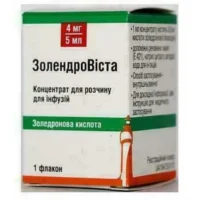Description
Temomedak (Temozolomide) Capsules 20 mg
Ingredients:
- Each capsule contains 20 mg of temozolomide.
Dosage:
The recommended dosage is determined based on individual factors and is typically taken once daily for a specific number of days as part of a treatment cycle.
Indications:
Temomedak is indicated for the treatment of certain types of brain tumors, including glioblastoma multiforme. It interferes with the growth of cancer cells in the body.
Contraindications:
Do not use Temomedak if you are allergic to temozolomide or any of the product’s ingredients. Discuss any medical conditions or medications with your healthcare provider before starting treatment.
Directions:
Take Temomedak exactly as prescribed by your doctor. Swallow the capsules whole with a full glass of water; do not crush or chew them.
Scientific Evidence:
- Studies have shown the efficacy of temozolomide in treating certain brain tumors. Research in the Journal of Clinical Oncology demonstrated improved overall survival rates in patients with glioblastoma multiforme.
Additional Information:
- Follow all instructions provided by your healthcare provider during treatment.
- Regular monitoring and blood tests may be necessary to assess your body’s response.
- If you experience severe side effects, contact your doctor immediately.
- Temomedak is crucial in treating brain tumors, showing promising results in tumor regression and prolonged survival rates in patients.





